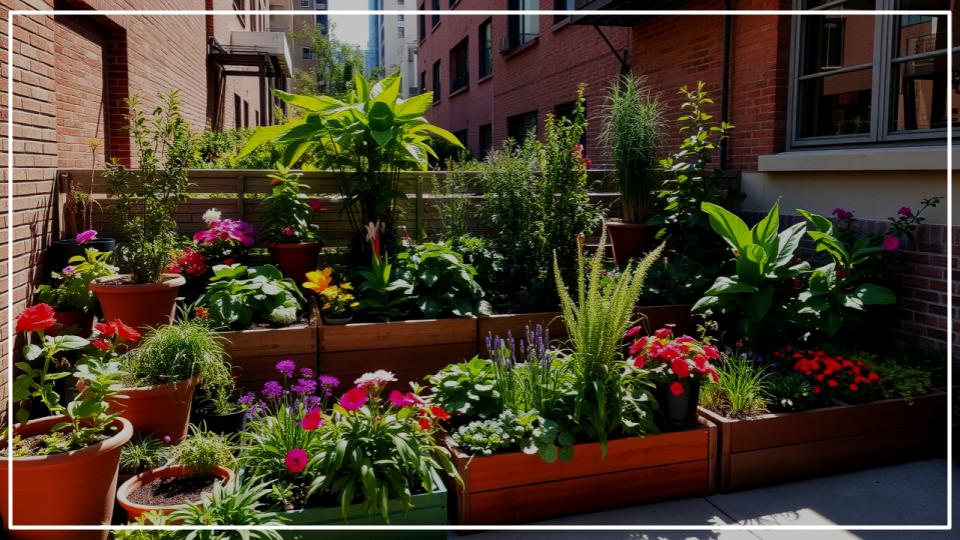
Every gardener with a postage-stamp-sized plot dreams of creating a lush, personal oasis. We envision overflowing flower beds and romantic, vine-draped walls. But in our enthusiasm, it’s all too easy to choose plants that, while beautiful at the nursery, quickly turn that dream into a high-maintenance headache. Selecting the right plants for small yards is less about what you love and more about what will love your space responsibly. Some of the most popular and charming plants are, behind their pretty faces, territorial thugs. This guide will help you spot these garden bullies before they take over, ensuring your little slice of heaven remains just that—heavenly.
Key Takeaways: Gardening Smarter in Small Spaces
Here’s what you need to know about choosing plants that play well with others:
- Read the Fine Print: Always check a plant’s mature size and growth habit on its tag. Words like “vigorous,” “fast-spreading,” or “naturalizes” are red flags for small spaces.
- Beware of Runners: Many aggressive plants spread through underground stems called rhizomes. These runners can travel far and pop up unexpectedly, making them difficult to remove.
- Embrace Containers: The easiest way to enjoy a potentially aggressive plant like mint is through container gardening. A pot acts as a physical barrier, keeping its roots in check.
- Choose “Clumpers” over “Runners”: Opt for plants with a “clump-forming” habit. They expand outward from a central root ball at a manageable pace, rather than sending out invasive shoots.
Beautiful Bullies: 8 Plants to Reconsider for Your Small Yard
I adore a garden that feels full and alive, but I’ve learned through years of experience that there’s a fine line between “lush” and “utter chaos.” A common mistake I see gardeners make is underestimating a plant’s will to expand. Here are eight popular plants that often cause more trouble than they’re worth in a compact setting, along with some elegant alternatives.
1. Mint (Mentha species)
Why We Love It: What’s not to love? It’s fragrant, makes a delightful tea or addition to a cocktail, and is incredibly easy to grow.
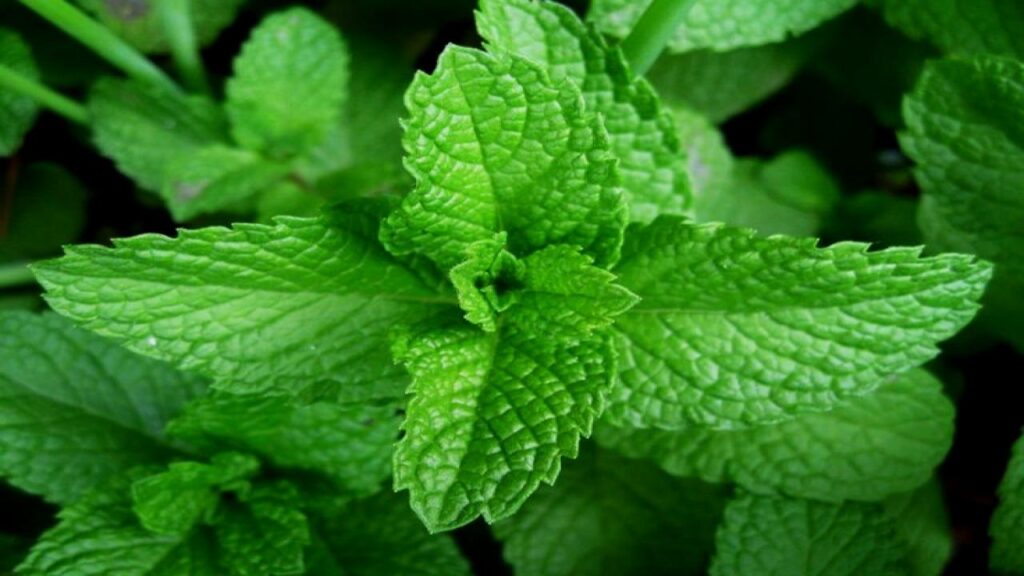
The Nightmare: “Easy to grow” is an understatement. Mint spreads via aggressive underground rhizomes that can quickly colonize an entire garden bed, choking out neighboring plants. As the University of Illinois Extension points out, mint is one of the most notorious offenders. Before you know it, what was meant to be a small patch becomes a minty monster that’s nearly impossible to fully eradicate.
A Better Choice: If you must have fresh mint, grow it in a pot set on top of your patio or soil. For a well-behaved in-ground herb with a lovely scent, try Lemon Thyme (Thymus citriodorus). It forms a beautiful, low-growing mat and can be easily trimmed to size.
2. Running Bamboo (Phyllostachys species)
Why We Love It: It offers an instant sense of Zen and creates a tall, dense privacy screen faster than almost anything else.

The Nightmare: Running bamboo is one of the most infamous aggressive spreading plants. Its rhizomes can travel more than 20 feet underground, sending up new shoots in your lawn, your neighbor’s yard, and even through asphalt. Controlling it requires installing a deep, heavy-duty rhizome barrier, which is a significant and costly undertaking. As experts at Environment Controls note, bamboo encroachment can even lead to legal disputes between neighbors.
A Better Choice: Always opt for clumping bamboo varieties (Fargesia species). They expand slowly from a central clump and won’t invade the rest of your garden. For a tall, narrow screen, another fantastic option is ‘Sky Pencil’ Japanese Holly (Ilex crenata ‘Sky Pencil’), which provides vertical interest without the horizontal headache.
3. Trumpet Vine (Campsis radicans)
Why We Love It: Those brilliant, trumpet-shaped orange flowers are a magnet for hummingbirds, and the vine’s vigorous growth promises quick coverage for a fence or arbor.
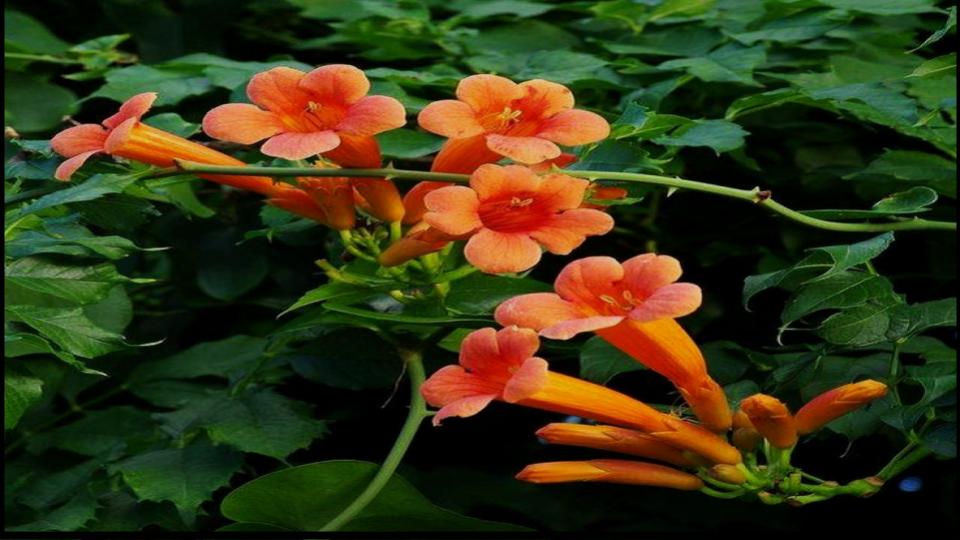
The Nightmare: This vine is powerful—so powerful it can damage the structures it’s meant to adorn. According to the Missouri Department of Conservation, its aerial rootlets can work their way into mortar and pry apart siding. It also sends up suckers from its roots far and wide, creating a thicket that requires constant battle.
A Better Choice: For a stunning, less destructive vine, consider Coral Honeysuckle (Lonicera sempervirens). It’s a native, well-behaved climber that also attracts hummingbirds with its tubular red-and-yellow flowers but won’t destroy your fence in the process.
4. Chinese and Japanese Wisteria (Wisteria sinensis and W. floribunda)
Why We Love It: The iconic, draping chains of fragrant purple or white flowers in spring are the stuff of garden dreams.
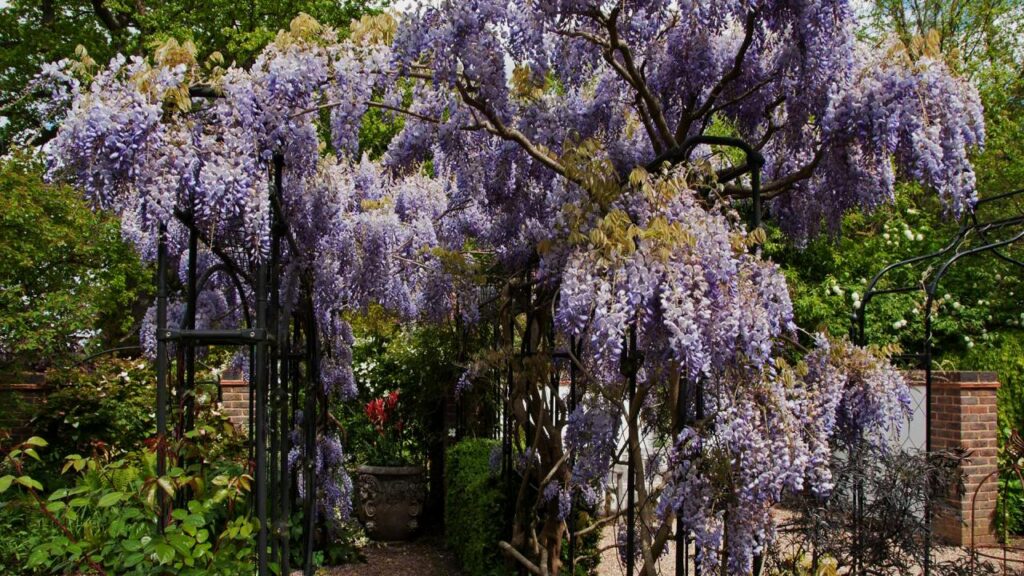
The Nightmare: These Asian wisterias are incredibly vigorous and heavy. Their woody, twining stems can grow to an immense size, crushing flimsy pergolas and gutters. They also spread by runners and can take over huge areas if not pruned relentlessly. Many gardeners wait years for them to bloom, only to find they have an aggressive foliage monster on their hands.
A Better Choice: Plant American Wisteria (Wisteria frutescens). It is a less aggressive native species that is better suited to plants for small yards. A popular cultivar like ‘Amethyst Falls’ blooms on new wood, is much more manageable in size, and still provides those gorgeous, iconic blossoms, as recommended by sources like Gardening Know How.
5. English Ivy (Hedera helix)
Why We Love It: It evokes a timeless, classic look, covering walls and ground with a carpet of lush green. It’s also incredibly shade-tolerant.
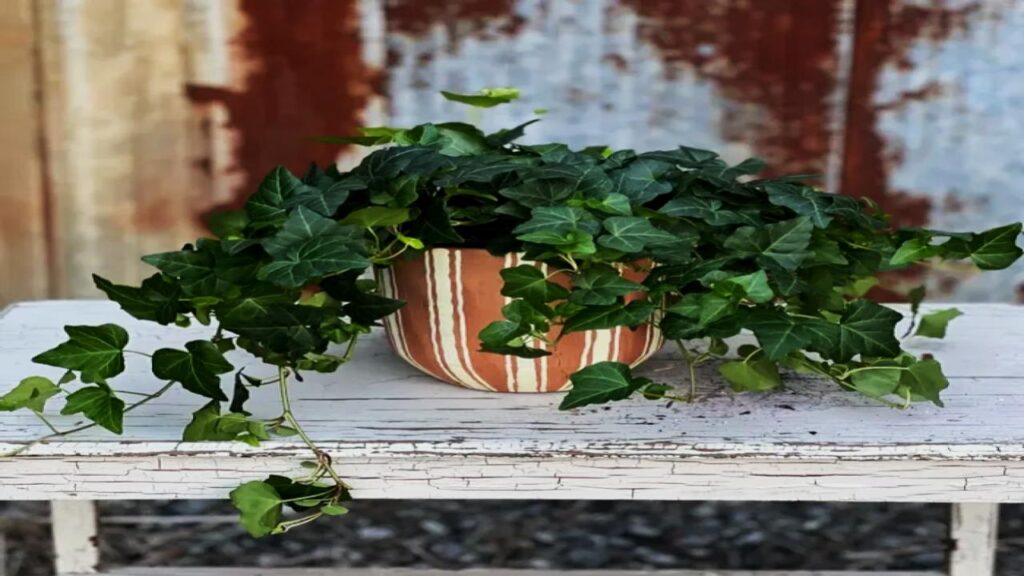
The Nightmare: English Ivy is one of the most problematic invasive plants to avoid. It climbs trees and smothers their bark, eventually killing them. On buildings, its rootlets damage masonry and trap moisture, leading to rot. As a groundcover, it forms a dense monoculture that prevents anything else from growing.
A Better Choice: For a shade-tolerant groundcover, try Wild Ginger (Asarum canadense) or Allegheny Spurge (Pachysandra procumbens). Both are beautiful native plants that spread politely to form a lush carpet without becoming destructive.
6. Gooseneck Loosestrife (Lysimachia clethroides)
Why We Love It: The unique, arching white flower spikes look like a flock of graceful geese, adding a whimsical touch to the summer garden.
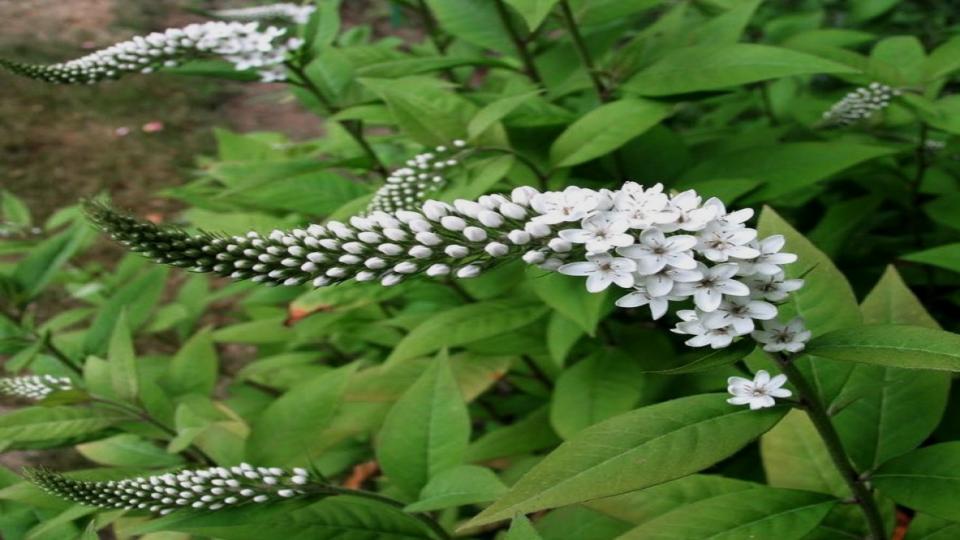
The Nightmare: Don’t be fooled by its delicate appearance. This perennial has a shockingly aggressive root system. According to the North Carolina Extension Gardener Plant Toolbox, it spreads rapidly via rhizomes, especially in the moist soil it prefers. In my own garden, I once planted a small clump and spent the next three years trying to pull it out of my other perennials.
A Better Choice: To get a similar look without the invasive habit, plant ‘White Nancy’ Spotted Dead Nettle (Lamium maculatum ‘White Nancy’) for a well-behaved groundcover, or Culver’s Root (Veronicastrum virginicum) for tall, elegant white spires that stay in a neat clump.
7. Lily of the Valley (Convallaria majalis)
Why We Love It: The tiny, bell-shaped white flowers have one of the most divine fragrances of spring. It thrives in shade, forming a lovely groundcover.
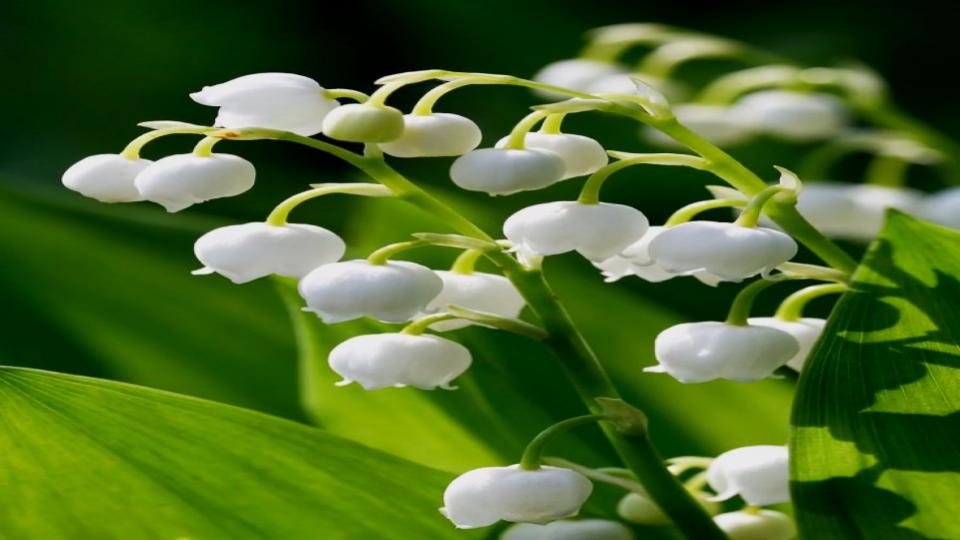
The Nightmare: This charming plant spreads relentlessly, forming a dense, tangled mat of roots that is incredibly difficult to remove and outcompetes native flora. Plus, all parts of the plant are highly toxic if ingested, which is a serious concern for those with pets or small children, a fact noted by many sources including the Invasive Plant Atlas of the United States.
A Better Choice: For a fragrant, shade-loving plant, try Sweet Woodruff (Galium odoratum). While it also spreads, it’s far less thuggish and easier to control. Its delicate white flowers and whorled leaves create a beautiful, fine-textured groundcover.
8. Bishop’s Weed / Goutweed (Aegopodium podagraria ‘Variegatum’)
Why We Love It: The variegated variety is often sold as a fast-growing, attractive groundcover for difficult, shady spots where nothing else seems to grow.

The Nightmare: There’s a reason it grows where nothing else will—it’s one of the most aggressive and hard-to-eradicate plants in horticulture. Its brittle white rhizomes break easily when you try to pull them, and every tiny piece left in the soil will resprout. It will quickly smother everything in its path. It is so notoriously difficult that many university extensions, like South Dakota State University Extension, issue warnings about its aggressive nature.
A Better Choice: For a variegated, shade-tolerant groundcover, ‘Jack Frost’ Brunnera (Brunnera macrophylla ‘Jack Frost’) is an absolutely stunning and well-behaved choice. Its large, silver-dusted, heart-shaped leaves brighten up any shady corner, and it produces lovely sprays of blue flowers in spring.
The Joy of the Right Plant in the Right Place
Choosing plants for small yards is a wonderful design challenge that encourages thoughtfulness and creativity. By avoiding these beautiful but霸道 (bàdào – domineering) growers, you save yourself future frustration and create a balanced, harmonious garden that is a joy to maintain, not a constant battle to contain. A little research upfront is the best tool a gardener can have. Now you’re ready to fill your small space with well-behaved beauties that will bring you pleasure for years to come.
